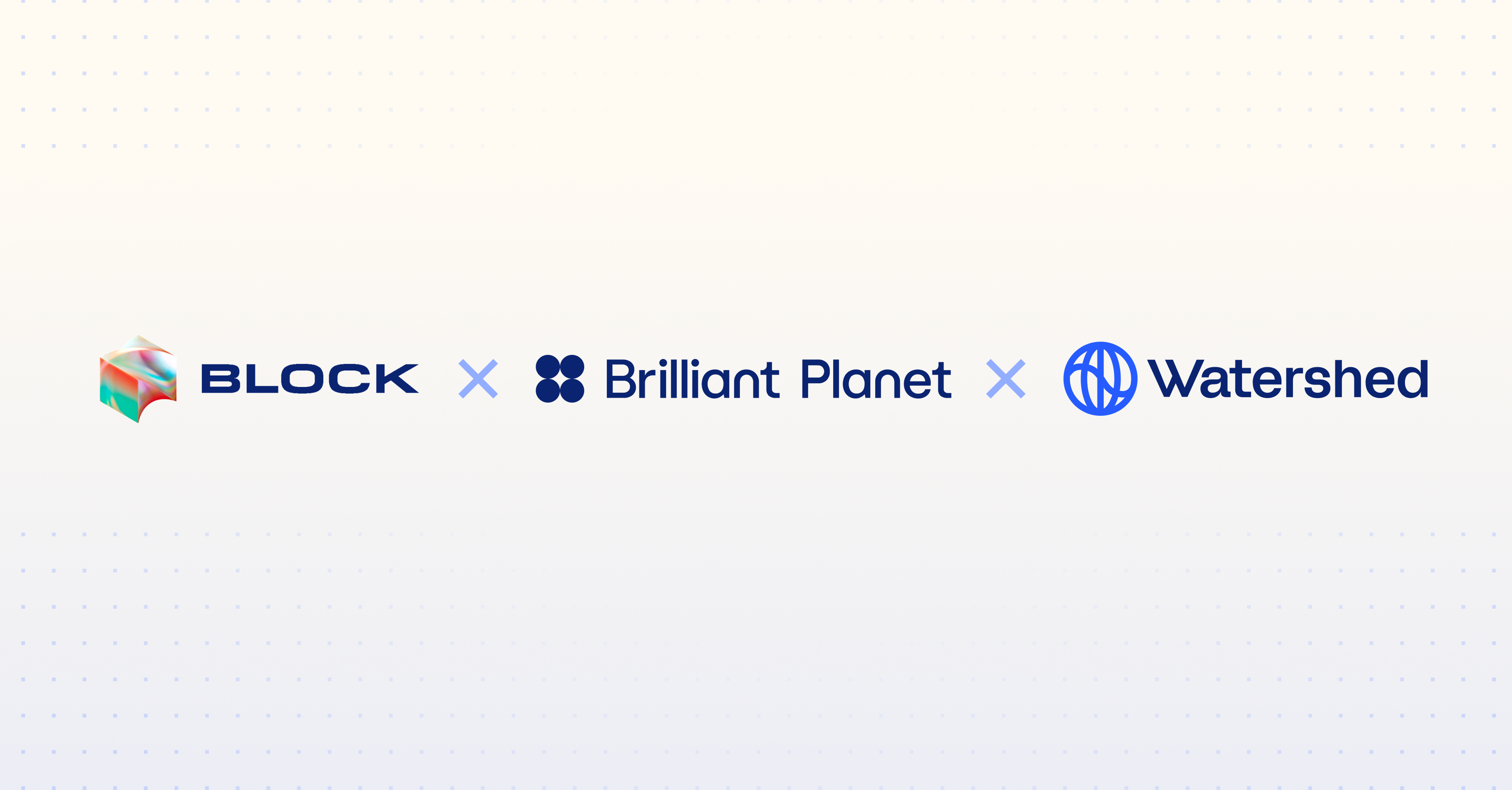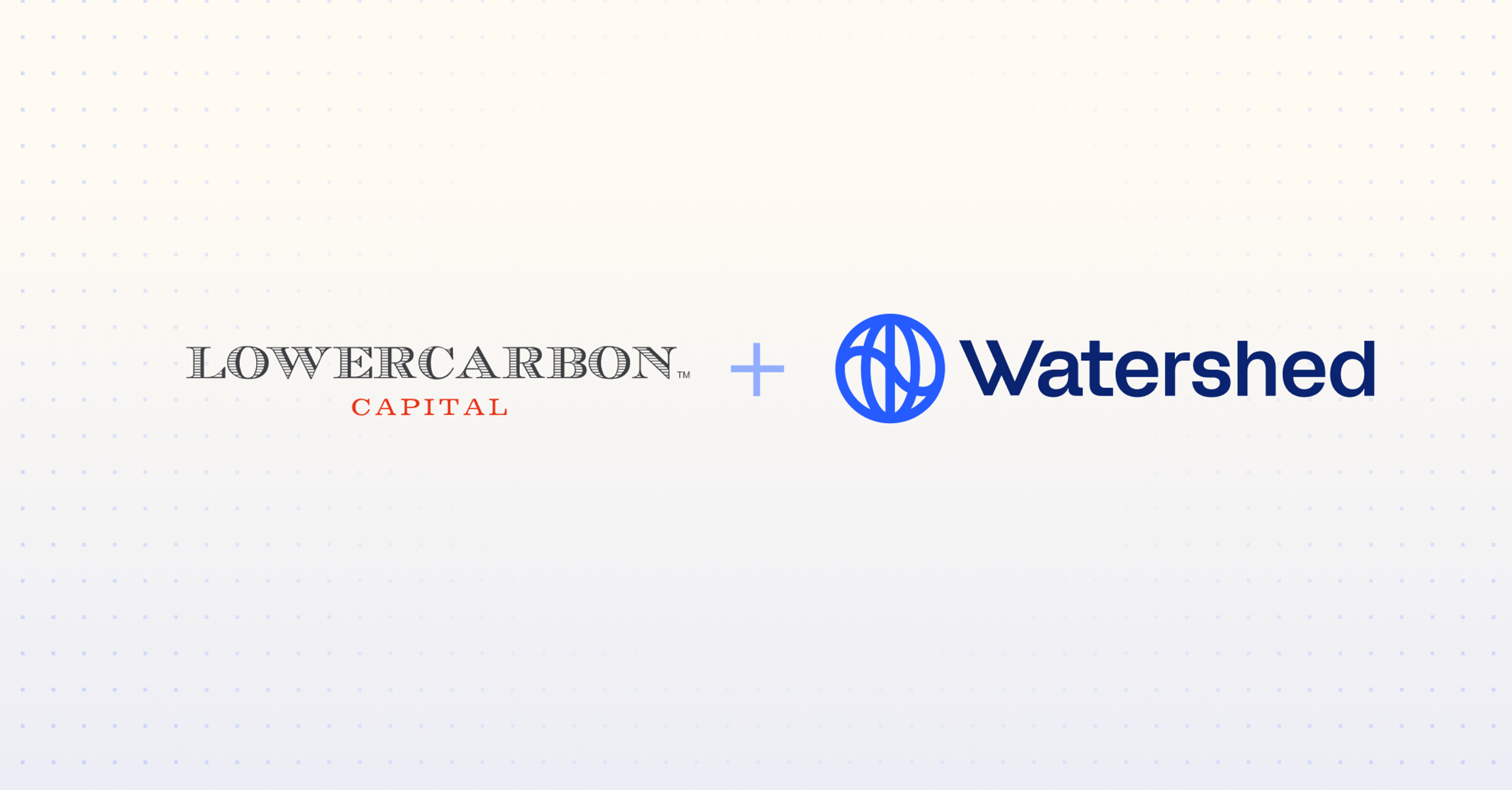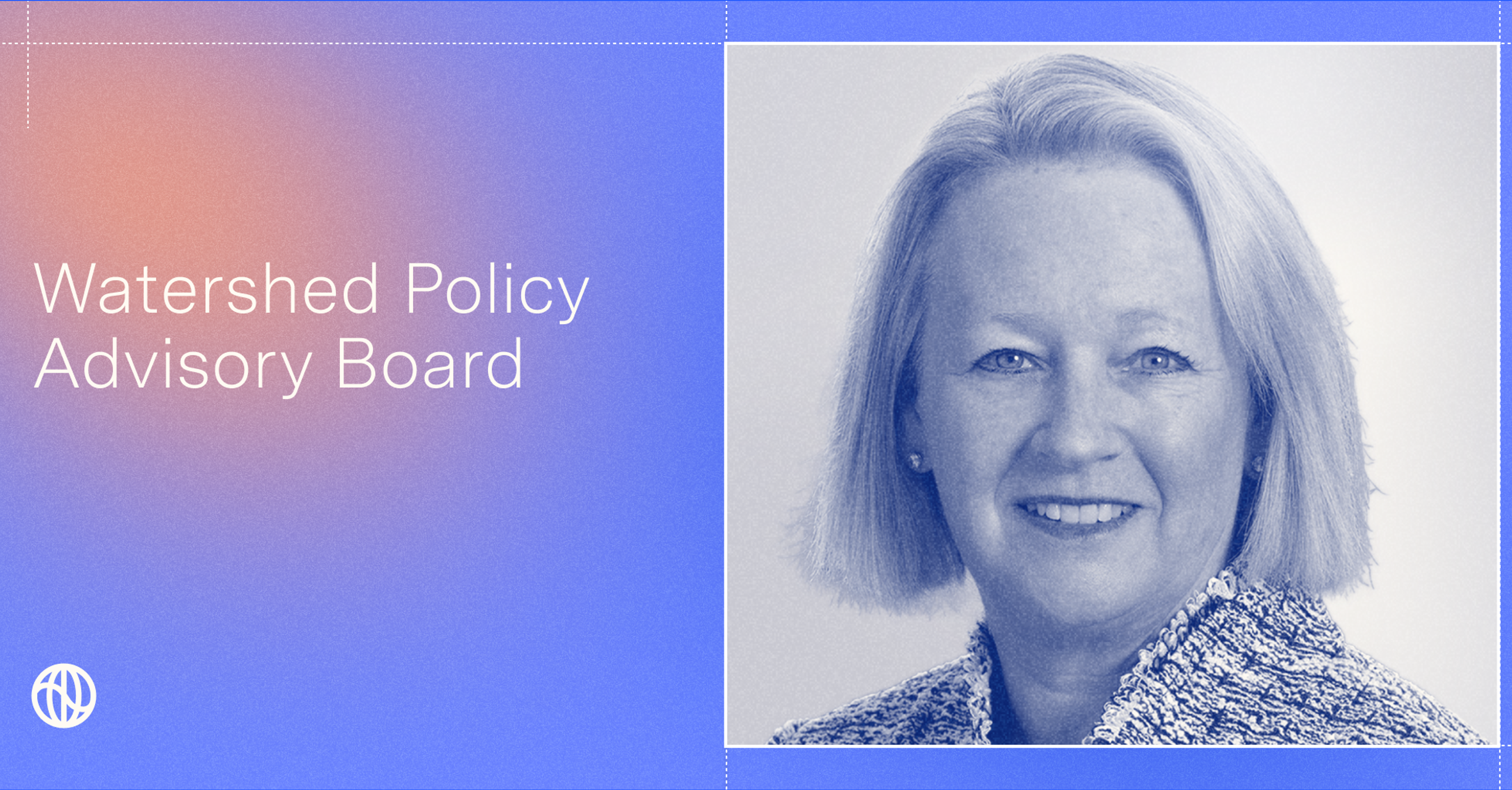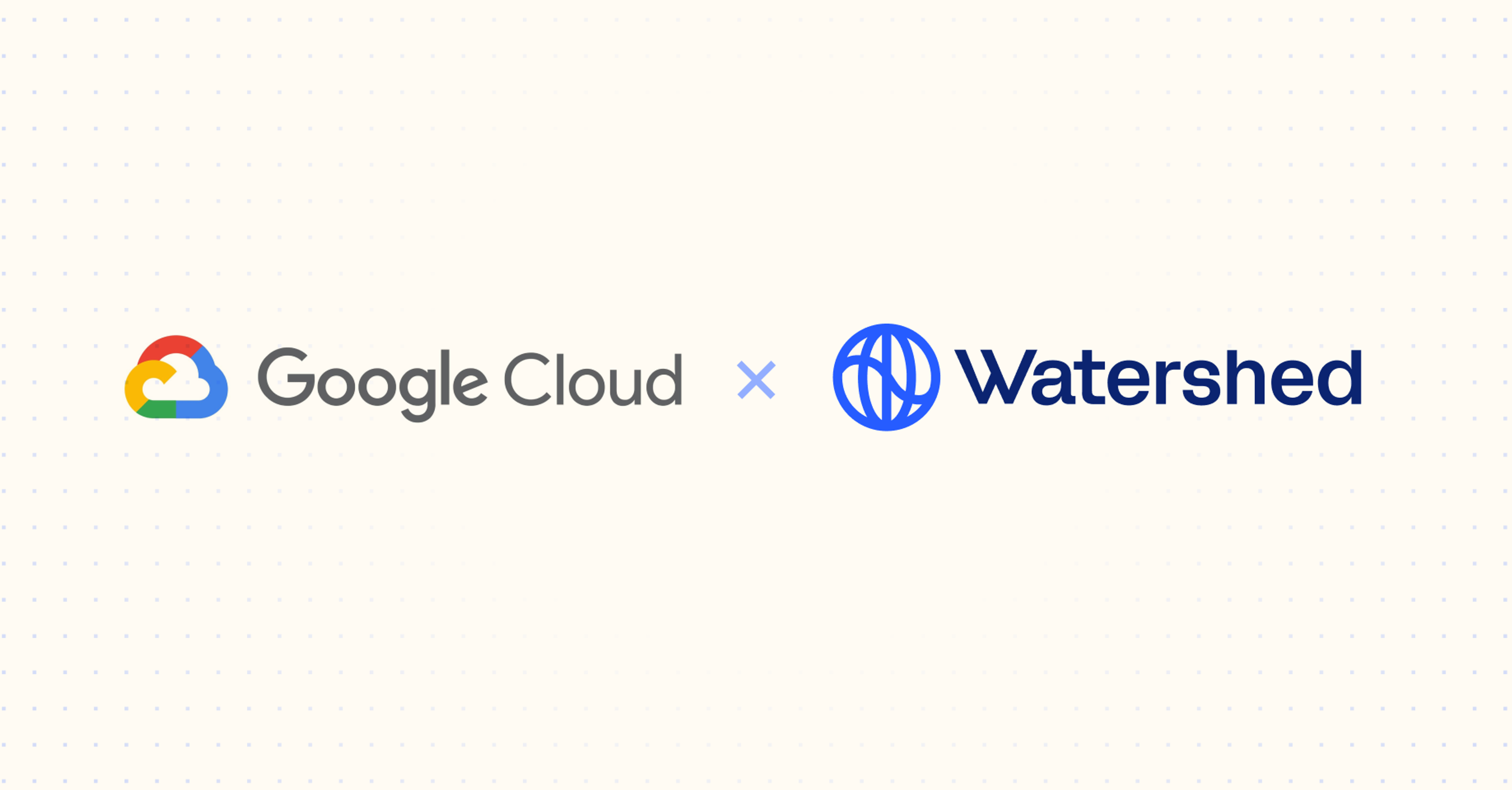Today, we’re launching Watershed, a software platform to help companies get to zero carbon fast.
We’ve reached a turning point in the battle against climate change. The consequences of inaction are now evident, and much of the technology to decarbonize the economy exists. Scientists tell us we must halve global greenhouse gas emissions by 2030 and get to net zero by 2050 to avoid the worst impacts. That’s just one decade to drastically bend the carbon curve.
Businesses are critical actors in this race. Their day-to-day decisions determine how much carbon goes into the atmosphere, and they can make choices—about how to power buildings, make products, grow food, and move goods—that reduce emissions while growing the economy. Companies want to lead, and know this work will also help them win customers, hire great people, and be transparent with investors. But most don’t have the data or market power to meaningfully reduce emissions on their own. The result is a flurry of glossy sustainability reports, but not enough changes that keep carbon out of the air.
We’re building Watershed to help businesses eliminate carbon faster. Companies use our software to analyze emissions, execute on a plan to get to zero, and report progress. Watershed enables the work to actually reduce emissions—designing low-carbon products, rooting carbon out of supply chains, deploying clean power, and supporting carbon removal. We measure our success in tonnes of CO2e prevented by our customers.
We’re working with a group of forward-thinking companies, including Square, Stripe, Shopify, and sweetgreen, who are building their climate programs with the same care and focus on results they bring to their products. They’re using Watershed to write a new playbook for climate leadership:
Get started fast. Companies typically spend months hunting for data to measure their carbon footprint—all to produce a report that’s outdated by the time it’s published. Watershed customers analyze their entire footprint in days and then get straight to work: Square started executing on a net zero target after just six months of using Watershed.
Achieve deep carbon reductions. The savviest companies are going beyond an annual PDF reporting carbon—they’re making decisions that drastically shrink emissions today. Sweetgreen measures the impact of each new menu item, Square is designing hardware with sustainable materials, and Shopify is carefully crafting its new remote workplace to be low-carbon. For areas where decarbonization is stubborn, they’re funding projects to remove carbon from the atmopshere. Watershed enables these companies to plan and execute decade-long, multi-team carbon reduction initiatives.
Tackle the supply chain. For most companies, the vast majority of carbon lives in the supply chain—the "Scope 3 emissions" that come from buying semiconductors, cloud services, goat cheese, and everything else it takes to run a business. Where traditional climate programs ignored this impact, today’s leaders embrace their leverage. Companies like Apple, Walmart, and now sweetgreen make procurement decisions based on carbon. And Square is funding deployment of clean power across a different type of supply chain—the energy consumed to mine bitcoin. Watershed makes this possible, ingesting unstructured data on millions of purchases and enabling collaboration with suppliers to cut emissions.
This is the decarbonization flywheel: the greater the demand for clean technologies, the lower the price, the easier they are for more companies to adopt.
Companies that manage carbon like they manage their core business are leading in the fight against climate change. We’re building Watershed to make this approach—deep reductions, fast, operationalized across the company—a standard part of doing business. Decarbonization is going to be the largest economic transition of all time, and we need it to happen with blinding speed. Our mission is to help accelerate this project, and we’d love you to join us.












